Often a design is developed or sold in multiple embodiments: in different colours or embodiments. For this, there is the so-called multiple application in design protection for Germany and also in the EU. A look at German case law shows what is important here.
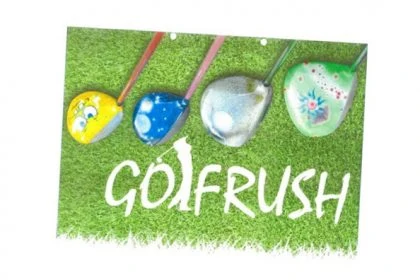
In principle, a photographic or other graphic representation of the object for which design protection is claimed must be submitted with the application for protection of a design (§ 7 (1) German Design act). Up to ten representations with different views may be submitted per design, in the meantime also as a 3D view.
However, it is by no means possible to protect different versions of the design with only one application. This is what the so-called multiple application is for. According to § 12 (1) German Design Act, several designs can be combined in one application. Such a multiple application can comprise up to 100 designs, including a design in multiple embodiments.
Collective application: Formal errors in the design application
As with all IP applications, it is important to exercise fundamental care when filing an application for registration of an IP right. Formal errors can lead to protection not being granted for a design. This was confirmed by the Federal Patent Court in 2019 in proceedings concerning an IP application for coloured golf club heads (30 W (pat) 720/16). This was because the applicant in this case had neither ticked the relevant “multiple application” box nor had it responded to the Design Authority’s correct objection that the application did not formally comply with the requirements of a (multiple) application for several designs.
“One” appearance is a must for a single application
But since the applicant had not filed and adapted her design as a multiple application, design protection for her colourful golf club heads was refused. If deviations of the individual illustrations deposited as a representation of a design cannot be eliminated, this leads to a lack of design capacity under Section 1 No. 1 DesignG, the BPatG ruled in this case, because the registered design does not represent a (uniform) appearance of “a” product. This had been the case in the present case, as the individual illustrations showed a large number of very different shapes and colours, which at most partly coincided in the surface design (shape of a golf club head), but otherwise showed completely different colour designs and partly also lettering designs.
Collective application: individual designs remain individual objects of protection
The decision of the Federal Patent Court “Möbel für Unterhaltungselektronik” (30 W (pat) 704/15) from 2016 also attracted a lot of attention. The case concerned defects in a design application as a multiple application, which, however, did not affect all designs. In such a case, the objection had to be limited to a single design, the court ruled, and a defect had to be remedied by correcting the individual design in question. Individual designs remain separate objects of protection in a multiple application, the BPatG ruled. A rejection of the multiple application as a whole is therefore erroneous in law if only some of the design representations have defects.
BGH and multiple execution of a design: multiple application necessary
In recent years, the Federal Supreme Court (BGH) has also provided new case law for multiple embodiments of a design: if a design is represented with different features of the appearance, this can no longer be considered “one basic form” and is not protectable as a single application for design protection, because this does not visibly reflect the appearance of “one” product, the BGH ruled in the “Sporthelm” decision of 2019, which received much attention. This explicitly revised the case law of the intersection (of matching features) that had applied until then.
For the protection of a design in multiple embodiments, a multiple application is therefore necessary.
Characteristics of a design
Basically, the following features are relevant for design protection: all features of the lines, contours, colours, shape, surface structure and also the materials of the product itself or its ornamentation.
Uniform design appearance – in “abstract” colour
It is not surprising that applicants for a design try to present the relevant features in an abstract form, if possible, in order to secure a wider scope of protection. For example, if a line drawing is deposited, this will protect an object with certain contours.
We would also like to describe this concretely using the example of colour, namely the BGH decision “Sportbrille” from 2018 (I ZB 26/18). In the case, the application for a design was accompanied by a black and white photograph to reproduce the design – which showed a contrast of the colour in greyscale. The application (for a single design) was accompanied by black-and-white photographs in which colour contrasts were shown once in a light-dark combination and the other time vice versa in a dark-light combination.
This application for an IP right was rejected by the BGH. If the application for a design is accompanied by a black-and-white photograph for the reproduction of the design with a representation of a colour contrast in greyscale, the light-dark contrast apparent therefrom is made the subject-matter of protection, the BGH explained. However, since the colour contrast was represented in different combinations (light-dark and also vice versa dark-bright), no uniform subject-matter of protection was recognisable.
It is true that a design is granted protection by the representation of black and white drawings with a single application, namely for the shape of an object; this is completely independent of the colour scheme. However, if contrasting colours are used, something else applies, the BGH made clear. With a contrasting colour scheme, a different overall impression can be created compared to a design represented in black and white.
A product must be indicated for each design
In principle, a product must also be indicated for each design; a maximum of five terms may be indicated for this purpose. A product is understood to be any industrial or handicraft object, also, for example, packaging and textile samples and even complex things such as a car body.
However, it should be noted that design protection is excluded if the design is determined exclusively by the technical-functional specifications (in this context, please note the rules on must-match (protectable as a design) and must-fit).
Final
With a multiple application, different embodiments of a design can also be placed under uniform protection, for example in different colours or embodiments. Although this costs more than a single application (currently for a multiple application (up to 100 designs) 7 euros per design, minimum 70 euros in paper form, digitally 6 euros per design, minimum 60 euros), it has a clear fee advantage over multiple single applications. In any case, there is practically no alternative: multiple versions of a design are no longer valid as individual applications before the courts.
Would you also like to protect or defend your product as a design?
Our lawyers will be happy to advise you. If you are interested, please contact us, we look forward to hearing from you!
Sources:
Judgements are quoted in the text
Image from Judgement “Golfschläger” of BPatG, 30 W (pat) 720/16


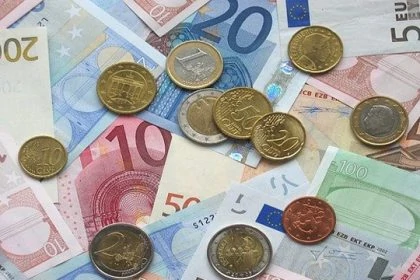

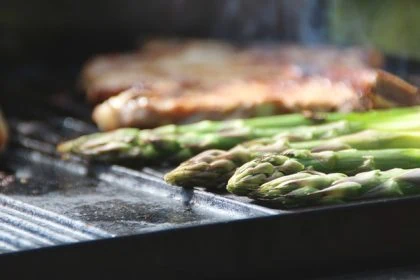
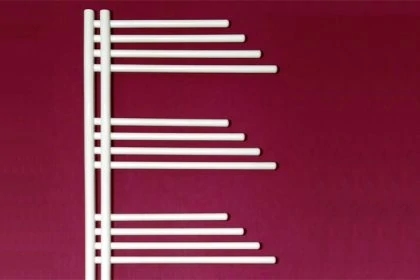
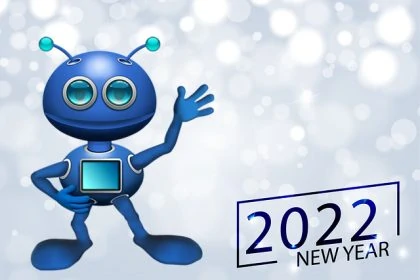
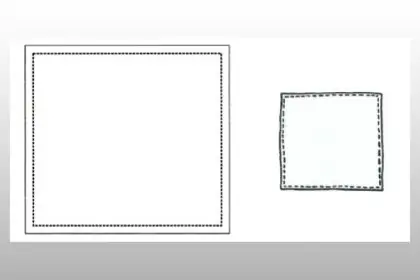
Leave a Reply